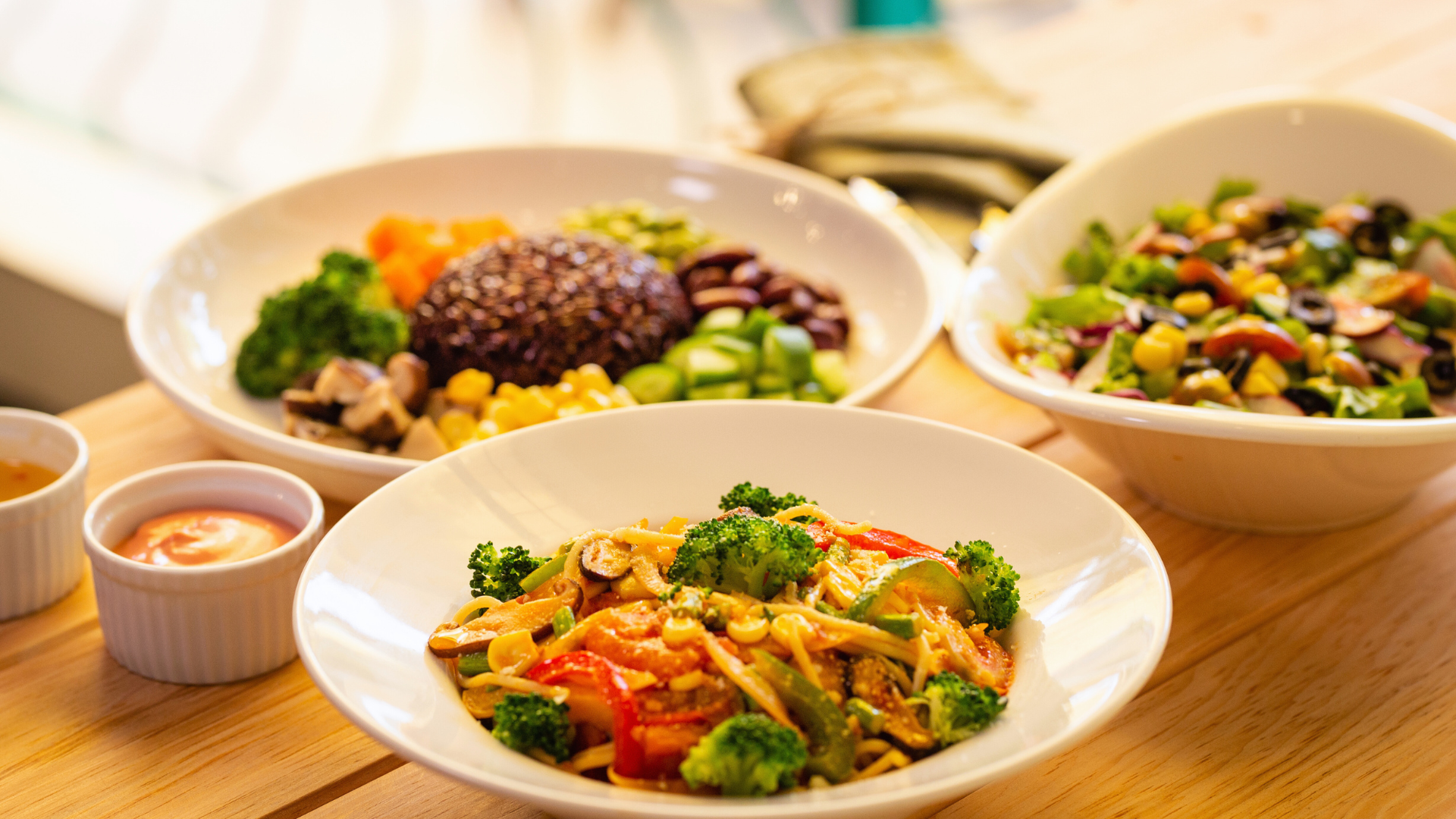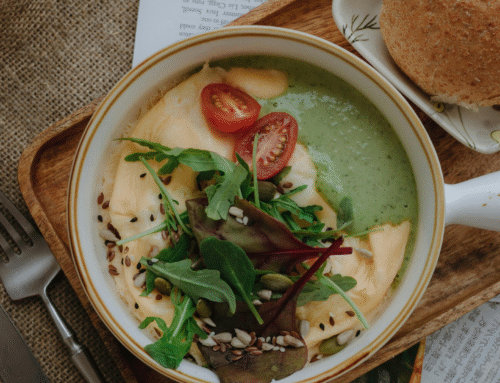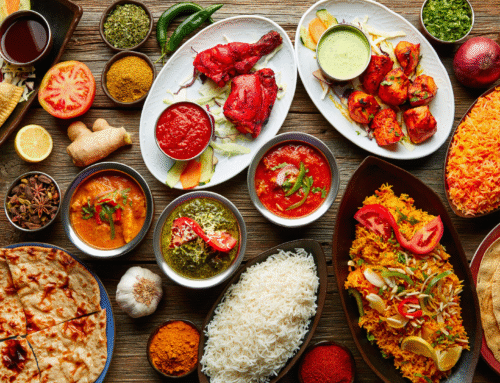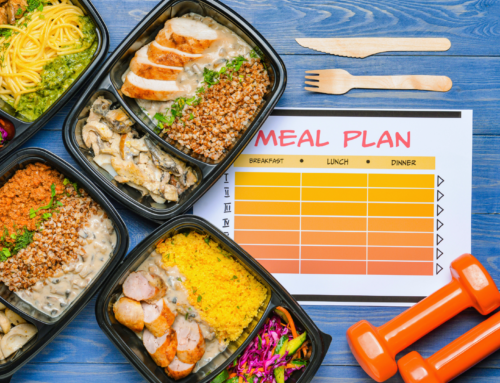Weeknight dinners can often feel rushed, leaving little time for healthy meal preparation. Easy weeknight meals for clean eating can be both delicious and efficient, providing a great way to nourish the body without compromising on flavor or time. With just a few simple ingredients and straightforward recipes, anyone can create satisfying meals that support a clean eating lifestyle.
Many individuals are seeking ways to make their weeknight cooking easier while still prioritizing wholesome ingredients. From quick stir-fries to sheet pan dinners, there are options that can be prepared in 30 minutes or less. This approach ensures that busy schedules don’t interfere with healthy eating habits.
By focusing on clean, whole foods and reducing reliance on processed options, it is possible to maintain energy levels and promote overall well-being. As the week progresses, these meal ideas will serve as a sustainable solution for those who wish to eat well without the stress of complicated recipes.
Fundamentals Of Clean Eating For Easy Weeknight Meals
Clean eating focuses on whole, minimally processed foods that promote health and well-being. It simplifies the meal preparation process, making it easier to enjoy nutritious weeknight dinners without unnecessary complications.
What Is Clean Eating?
Clean eating emphasizes consuming whole, natural foods while avoiding processed items. This approach encourages the inclusion of fruits, vegetables, whole grains, lean proteins, and healthy fats in daily meals.
Key principles include:
- Minimize additives: Avoid artificial ingredients and preservatives.
- Focus on quality: Select organic and locally sourced products when possible.
- Balance nutrients: Aim for meals rich in fiber, vitamins, and minerals.
By concentrating on these elements, one can create dishes that support weight loss and boost overall health while keeping preparation straightforward.
How To Plan Effortless Weeknight Dinners
Planning is essential for easy weeknight dinners. It starts with setting aside time each week to create a meal plan.
Consider these steps:
- Choose simple recipes: Look for dishes that require minimal cooking time and effort, ideally under 30 minutes.
- Make a shopping list: Based on the chosen recipes, compile a list of needed ingredients to avoid multiple trips to the store.
- Prep in advance: Chop vegetables, marinate proteins, or batch-cook grains during quieter weekend hours.
This proactive approach ensures that nutritious meals are easily accessible, reducing stress during the busy week.
Essential Clean Eating Pantry Staples
A well-stocked pantry simplifies clean eating. Some essential staples include:
- Whole grains: Brown rice, quinoa, and whole-grain pasta.
- Canned goods: Beans, tomatoes, and low-sodium broths.
- Healthy fats: Olive oil, avocado oil, and nut butters.
- Spices and herbs: Fresh or dried options to enhance flavor without extra calories.
Having these ingredients readily available allows for quick meal assembly, making clean eating convenient for anyone seeking easy dinners that align with health goals.
Quick Protein-Packed Dinners
These quick dinners are designed to provide ample protein while keeping preparation time minimal. Focusing on chicken, fish, and plant-based options, they offer versatility and flavor for clean eating.
Simple Chicken And Broccoli Recipes
Chicken and broccoli is a classic combination that thrives in quick meals. One popular method is stir-frying. Sauté diced chicken breast in a hot pan with a splash of olive oil for 5 minutes. Add broccoli florets and a tablespoon of soy sauce for added flavor.
Another option is baked chicken with broccoli. Season chicken thighs with garlic powder, salt, and pepper. Place them on a baking sheet with broccoli. Drizzle with olive oil and roast at 400°F for 20-25 minutes. This method keeps the chicken juicy and the broccoli tender.
Flavorful Fish And Vegetarian Tacos
Fish tacos can be both quick and nutritious. Grilled white fish, such as tilapia or cod, is seasoned with cumin and lime, cooked for just a few minutes. Serve in corn tortillas topped with fresh cabbage slaw and avocado. These tacos are light yet filling.
For a vegetarian alternative, black bean tacos offer a hearty option. Mash canned black beans with spices like chili powder and garlic. Fill warm tortillas with the mixture and top with salsa, cilantro, and a squeeze of lime. This balance of protein and flavors satisfies any appetite.
Chickpea And Lentil Meals
Chickpeas are versatile and protein-rich, making them an excellent choice for weeknight meals. A simple chickpea salad combines canned chickpeas, diced cucumber, tomatoes, and a dressing of olive oil and lemon juice. This meal is not only quick but refreshing.
Lentils also pack a punch in nutrition. A creamy white chili made with lentils instead of meat is a warm, comforting meal. Simmer lentils with vegetable broth, onion, and spices like cumin and oregano. Serve with rice for a complete meal, rich in protein and fiber.
Creative Plant-Based Weeknight Ideas
Plant-based meals can be both quick and delicious. These recipes highlight flavorful ingredients and require minimal prep time, making them ideal for busy weeknights.
Vegetarian Stir-Fry And Fried Rice
A vegetable stir-fry can be a colorful and nutritious centerpiece for any meal. Using a mix of broccolini, cabbage, carrots, and peas, it offers a variety of textures and flavors. Heat sesame oil in a pan, add the vegetables, and stir-fry until tender.
For a grain component, prepare fried rice by cooking brown rice ahead. Mix it with the stir-fried vegetables and season with soy sauce or tamari. Adding spiced cauliflower can bring extra flavor and nutrients. Incorporate herbs like basil or cilantro for a fresh finish.
Hearty Chickpea Pasta And Gnocchi
Chickpea pasta serves as a protein-rich alternative to traditional pasta. It pairs well with simple sauces made from spinach, zucchini, and charred broccoli. Sauté garlic in olive oil, add the vegetables, and combine with the cooked pasta.
Gnocchi can also be a quick option. Use store-bought gnocchi and toss it with sautéed kale and a drizzle of olive oil. A sprinkle of nutritional yeast can add a cheesy flavor without dairy.
Easy Sheet Pan And One-Pot Vegetable Dishes
Sheet pan meals are efficient and easy to clean up. Combine cauliflower, carrots, and zucchini on a baking sheet. Drizzle with olive oil, season with salt and pepper, and roast until tender and slightly charred.
Alternately, one-pot meals simplify cooking. Combine quinoa or another grain with chopped vegetables such as spinach and chickpeas in a pot. Add vegetable broth and spices, simmer until cooked, and serve warm. This approach maximizes flavor while minimizing effort.
Flavor-Boosting Additions For Clean Eating
Incorporating flavor-boosting additions enhances clean-eating meals, making them more enjoyable. Key ingredients like fresh salsas, warm spices, and healthy sauces can transform simple dishes into vibrant culinary experiences.
Homemade Salsas And Pickled Toppings
Homemade salsas provide a fresh, zesty punch to any meal. They can include ingredients like juicy tomatoes, onions, cilantro, and lime juice, all contributing to a bright flavor profile.
Pickled toppings, such as pickled red onion, add acidity and depth. When combined with dishes like tacos or grilled chicken, these toppings elevate the meal.
Using sun-dried tomatoes in salsas can also offer sweetness and richness, while kalamata olives introduce a salty, buttery texture. Making these toppings at home allows control over ingredients and flavors, essential for clean eating.
Using Warm Spices And Fresh Herbs
Warm spices can vastly enhance the taste of clean meals. Ingredients like ginger, cumin, and smoked paprika add depth and warmth. These spices can be incorporated into marinades or sprinkled on roasted vegetables.
Fresh herbs like cilantro, parsley, and basil provide a burst of freshness. They can be used liberally in dressings or mixed into dishes like quinoa or salads.
Utilizing spices and herbs not only adds flavor but also comes with health benefits. Many herbs and spices contain antioxidants and anti-inflammatory properties, offering additional wellness advantages.
Healthy Sauces And Creamy Alternatives
Healthy sauces can offer flavor without excessive calories. A simple blend of avocado, garlic, and lime creates a creamy, nutritious alternative to traditional sauces.
Tahini or cashew-based sauces can also substitute for creamy dressings, providing a rich taste. These options are perfect for drizzling over roasted vegetables or grain bowls.
Incorporating sauces made from pureed vegetables, like roasted red pepper, can add a delightful taste to meals. Using these healthier alternatives can keep dishes interesting while sticking to clean eating principles.





Leave A Comment